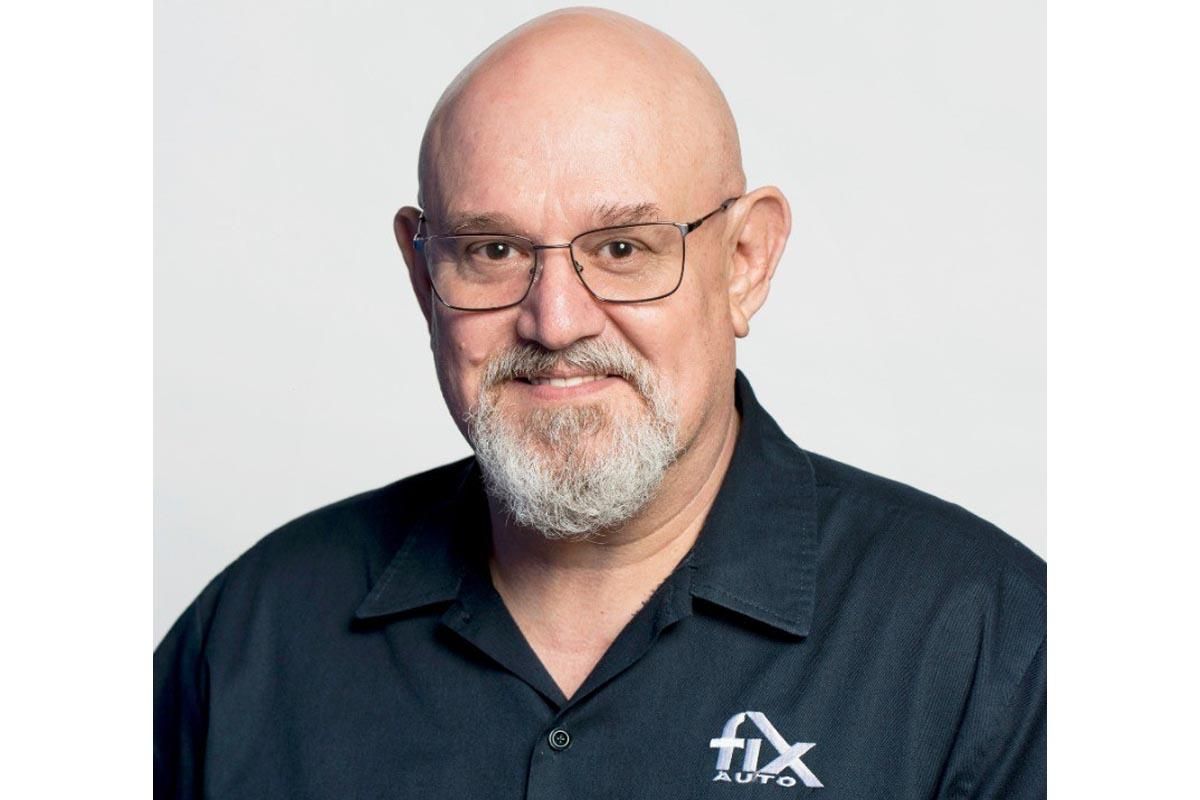In recent months, several insurance companies have begun experimenting with capping reimbursement rates for ADAS (Advanced Driver Assistance Systems) calibrations. While controlling costs is a priority for all of us, capping reimbursement rates for these critical services is not the answer. This approach threatens the safety of vehicles, the profitability of repair shops, and ultimately the reputation of the collision repair industry.
Here’s why capping ADAS calibration costs is a dangerous path for our industry to take:
1. High Costs of Equipment and Training
ADAS calibration is a highly specialized process that requires significant investment in both equipment and technician training. Shops must continually upgrade their diagnostic tools, calibration targets, and software to keep pace with evolving technology. The costs associated with training technicians to perform these precise calibrations are also substantial. A blanket cap on reimbursement fails to account for these ongoing expenses, discouraging shops from investing in the necessary tools and expertise. This results in a reduction in service quality, which can have serious safety implications.
2. Complexity and Variability in ADAS Systems
ADAS systems are not one-size-fits-all, and neither are the calibration requirements. Calibrations differ based on the vehicle’s make and model, the specific ADAS system in question, and whether the process involves static or dynamic calibrations — or both. For instance, newer or higher-end vehicles often require more intricate and time-consuming calibrations. Capping reimbursement rates ignores these complexities, forcing repair shops to absorb additional costs. This threatens to create a “race to the bottom” where shops are incentivized to cut corners just to break even.
3. Potential for Compromised Safety
Perhaps the most concerning consequence of capped reimbursement rates is the potential for compromised safety. When shops are pressured to stay within a set price cap, they may resort to cutting corners. This could include rushing through the calibration process or opting for cheaper aftermarket tools rather than using OEM-certified equipment. The result? Inaccurate calibrations that could lead to malfunctions in key safety features like automatic braking, lane departure warnings, or adaptive cruise control. These malfunctions put drivers at risk and expose repair shops — and insurers — to increased liability.
4. Erosion of OEM Standards
Many OEMs require certified tools and procedures for ADAS calibrations. These certified procedures ensure that the vehicle’s safety features work as designed, preserving the integrity of the vehicle and its warranty. However, adhering to OEM standards can be more expensive than using aftermarket alternatives. A cap on reimbursement rates could push repair shops toward cheaper, less reliable methods, eroding the adherence to OEM standards. This not only compromises vehicle safety but also risks voiding warranties, leading to dissatisfied customers and long-term damage to the reputation of the repair networks.
5. Shrinking Pool of Qualified Repair Shops
Shops that have heavily invested in ADAS calibration technology may find it financially unsustainable to perform these services under a capped reimbursement model. As a result, many high-quality shops may opt out of insurance networks altogether, reducing the overall pool of qualified repair facilities. This will leave consumers with fewer options for safe, reliable repairs and could force insurers to rely on less specialized shops, further reducing service quality across the board.
6. Profitability at Risk
The collision repair industry already operates on slim margins. Forcing shops to absorb additional costs through a cap on ADAS calibrations could have significant financial consequences. If shops cannot cover their expenses, they may be forced to cut costs in other areas or pass those costs onto customers in less transparent ways. The long-term result will be a strain on both profitability and customer satisfaction, undermining the quality of the entire collision repair ecosystem.
7. Liability Risks for the Entire Industry
The risks of improper ADAS calibrations extend far beyond the individual shop. ADAS systems are directly tied to the safety of the vehicle and its passengers. If a system fails due to an improper calibration, the repair shop could be held liable for any resulting accidents or injuries. What’s more, the liability exposure could extend to the entire network of shops participating in an insurer’s direct repair program. The financial and reputational risks are enormous, and capping ADAS reimbursement rates could significantly increase these risks for insurers and repair shops alike.
A Call to Collaborate for a Better Solution
It’s clear that controlling costs is important for both insurers and repair shops. However, capping reimbursement rates for ADAS calibrations is not the way forward. Instead, we need a collaborative approach that balances cost management with the complexities and safety requirements of ADAS calibrations. Insurers and repair shops must work together to ensure that calibrations are performed correctly, using OEM-certified tools and procedures, while still allowing repair facilities to remain financially viable.
The future of vehicle safety depends on our ability to adapt to new technologies like ADAS without compromising on quality or safety. A cap on calibration costs does just that — it compromises safety and puts undue financial pressure on repair shops. Let’s avoid going down this dangerous path and instead seek solutions that protect the integrity of our industry and the safety of the vehicles we repair.
Let’s work together to keep our roads — and our businesses — safe.
Peter Reszczynski is the president of Fix Auto Chicago. Autobody News reprinted this article with his permission. He first posted it on LinkedIn in September 2024.













